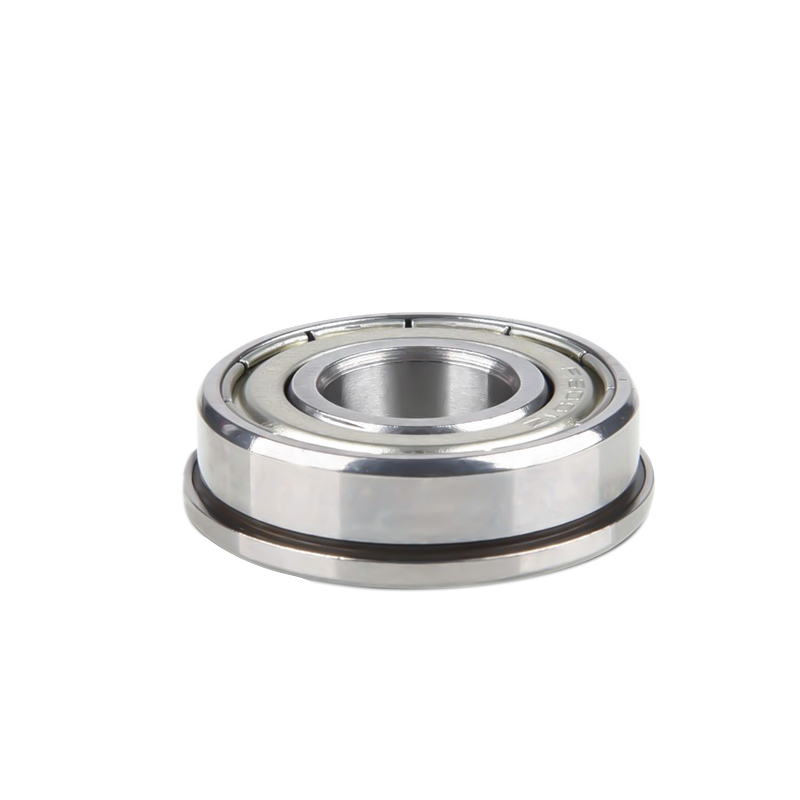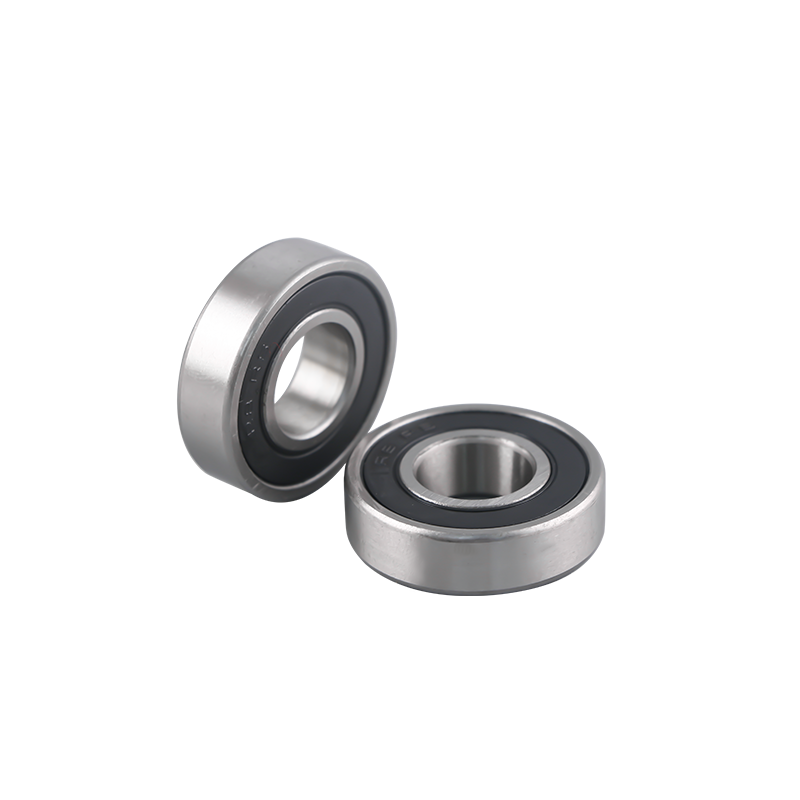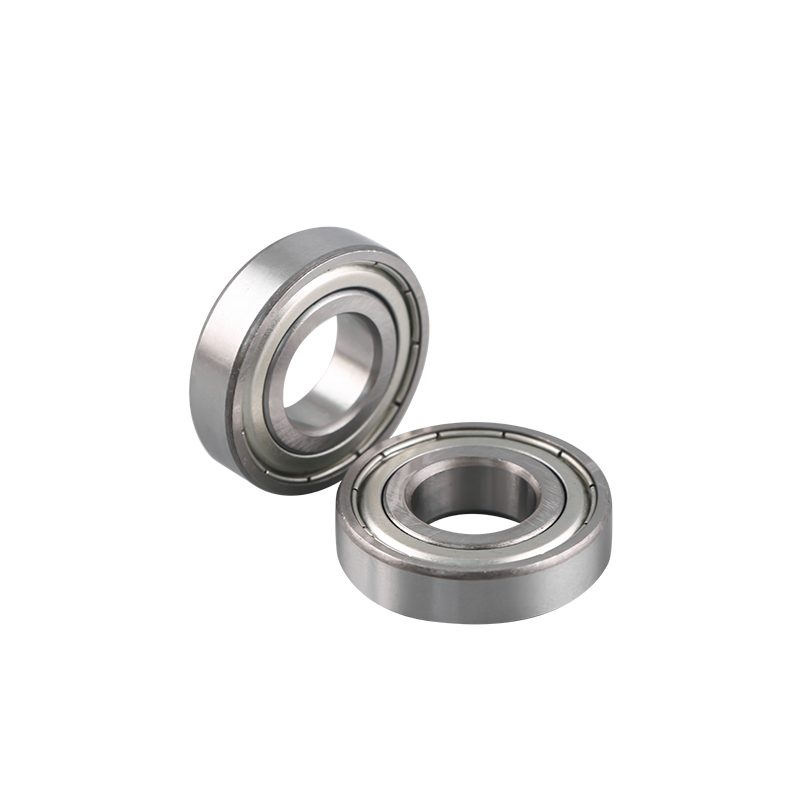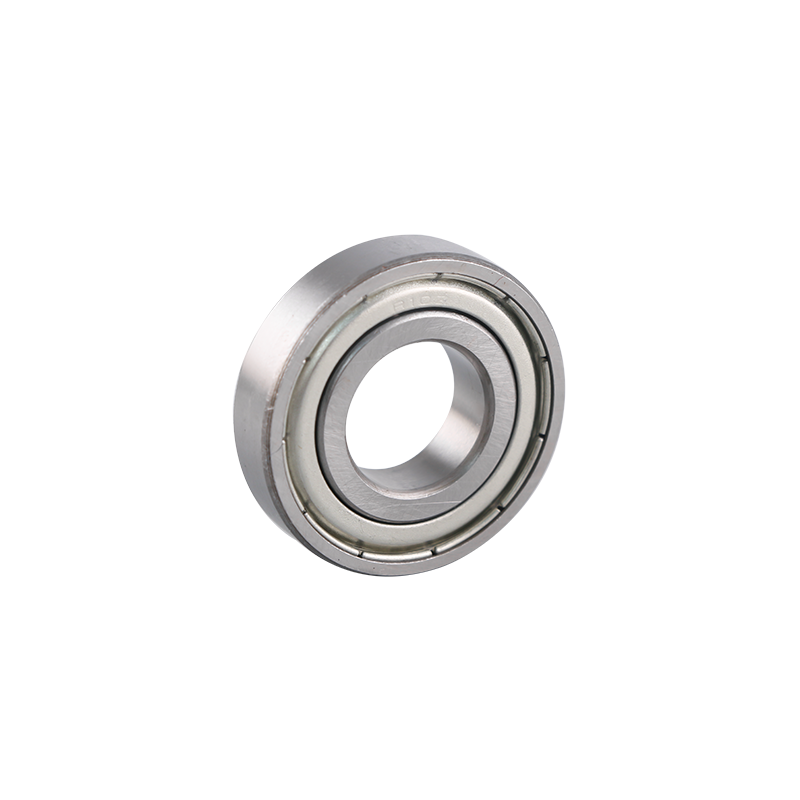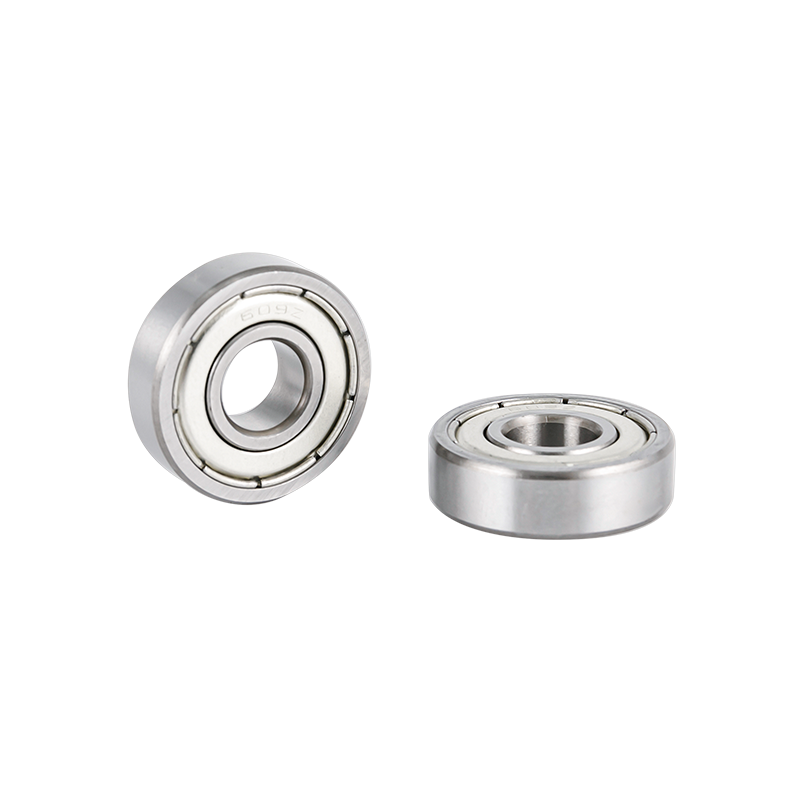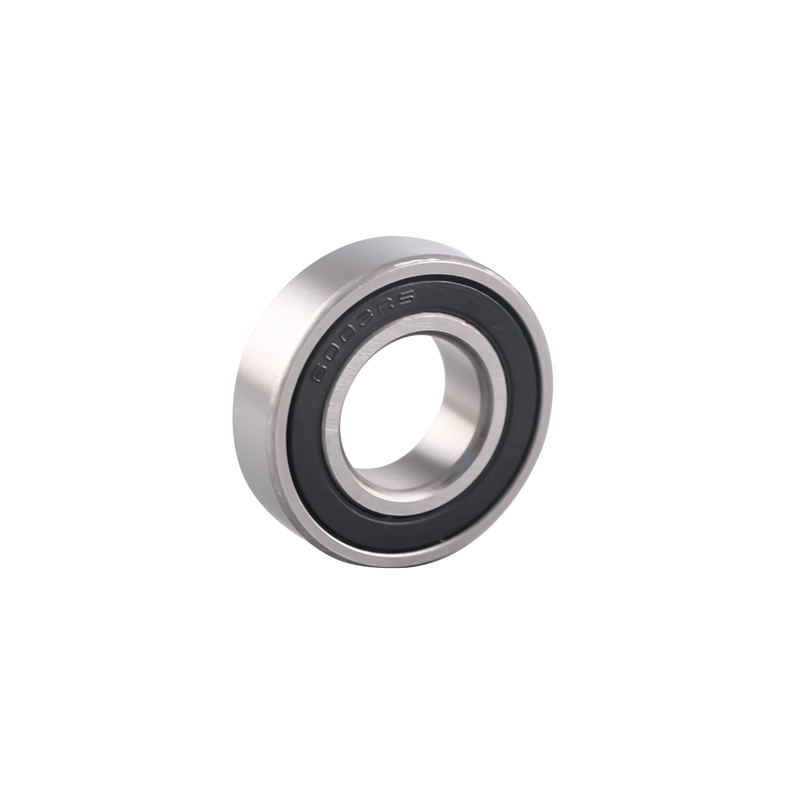One of the key advantages of
miniature ball bearings is their ability to operate at high speeds while maintaining low friction. This unique combination of attributes makes them highly desirable for applications that demand precision, efficiency and reduced energy consumption.
Rolling Element Design:
Miniature ball bearings utilize rolling elements in the form of small steel balls. These balls reduce the contact surface area between the bearing's inner and outer rings, resulting in lower friction compared to sliding friction seen in plain bearings. As a result, miniature ball bearings experience less heat generation and energy loss during operation, making them ideal for high-speed applications.
Smooth Rolling Action:
The rolling action of the balls allows for smooth movement and even distribution of the load across the bearing surfaces. This reduces frictional resistance and minimizes wear, enabling the bearings to maintain their performance over extended periods of use. The low friction characteristic also translates to less noise and vibration, making them suitable for applications that require quiet operation.
High-Quality Materials:
The materials used in manufacturing miniature ball bearings play a crucial role in their high-speed and low-friction capabilities. High-quality chrome or stainless steel is commonly employed for the rings and balls due to their excellent hardness and wear resistance. The smooth surface finish of these materials further contributes to reduced friction.
Cage Design:
The cage, also known as the ball retainer, holds the steel balls in position and ensures they are evenly spaced within the bearing. The cage material and design significantly influence the bearing's friction and speed characteristics. Light and durable materials like polyamide or high-strength steel are often used to minimize the weight of the cage and reduce friction.
Precision Manufacturing:
Miniature ball bearings are manufactured to high precision standards, with tight tolerances on critical dimensions. The precision engineering ensures uniform ball sizes and accurate raceway profiles, reducing any irregularities that could lead to increased friction. High precision also aids in maintaining proper alignment between the bearing components during operation.
Lubrication:
Appropriate lubrication is essential to ensure smooth operation and reduce friction in miniature ball bearings. Lubricants like grease or oil are used to create a thin film between the rolling elements and the raceways, preventing direct metal-to-metal contact. Proper lubrication enhances the bearings' ability to operate at high speeds by reducing heat generation and wear.
Sealing Options:
Miniature ball bearings can be equipped with different sealing options to protect them from contaminants and retain lubrication. Seals help to maintain the lubricant within the bearing and prevent the entry of dust, dirt, and moisture, which could otherwise increase friction and reduce bearing performance.
Applications Benefitting from High-Speed and Low-Friction Miniature Ball Bearings:
Microelectronics: In microelectronics, miniature ball bearings are used in small cooling fans, disk drives, printers, and scanners. Their high-speed capabilities and low friction ensure efficient and reliable operation in these compact devices.
Dental Equipment: Dental handpieces and precision dental tools require low friction and high-speed capabilities. Miniature ball bearings are essential components in these devices, enabling precise and smooth rotational motion during dental procedures.
Robotics: Miniature ball bearings play a critical role in robotic joints and various mechanisms, where high-speed and low friction are necessary for precise and responsive movements.
Aerospace: Aerospace applications often demand lightweight and high-speed components. Miniature ball bearings are used in navigation systems, control surfaces, and avionics, contributing to the efficiency and safety of aircraft.
Medical Devices: In medical equipment, such as surgical instruments and diagnostic devices, miniature ball bearings provide reliable and low-friction rotational motion, contributing to accurate and efficient medical procedures.
